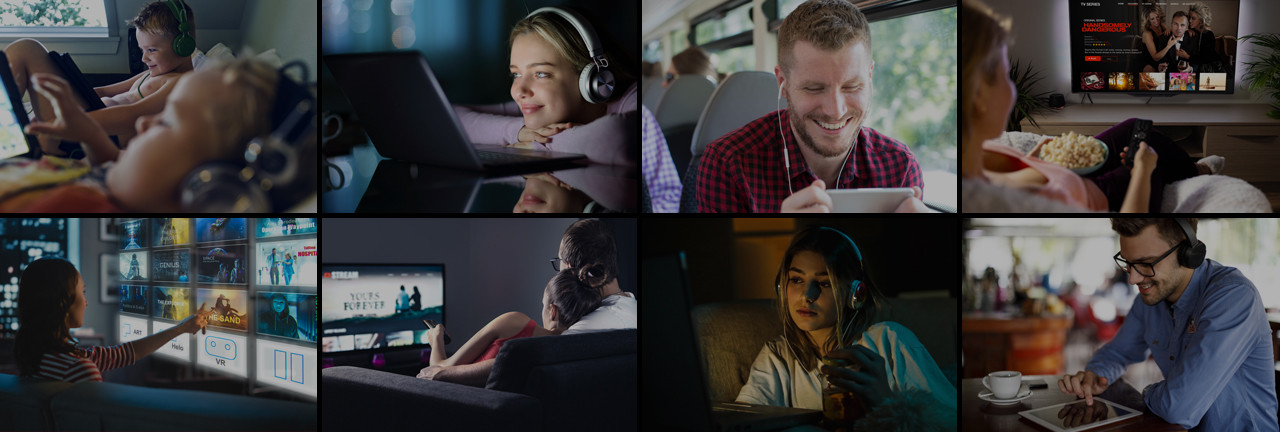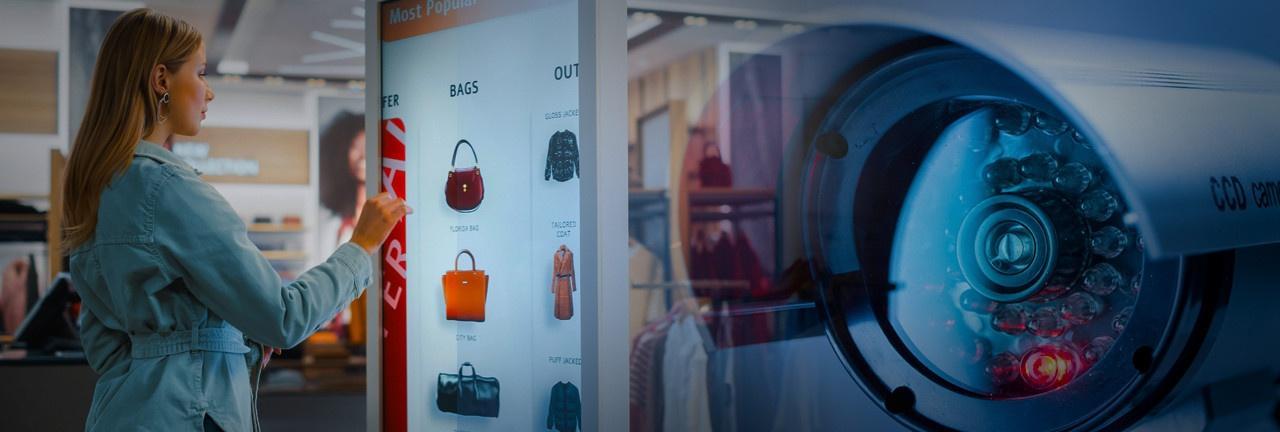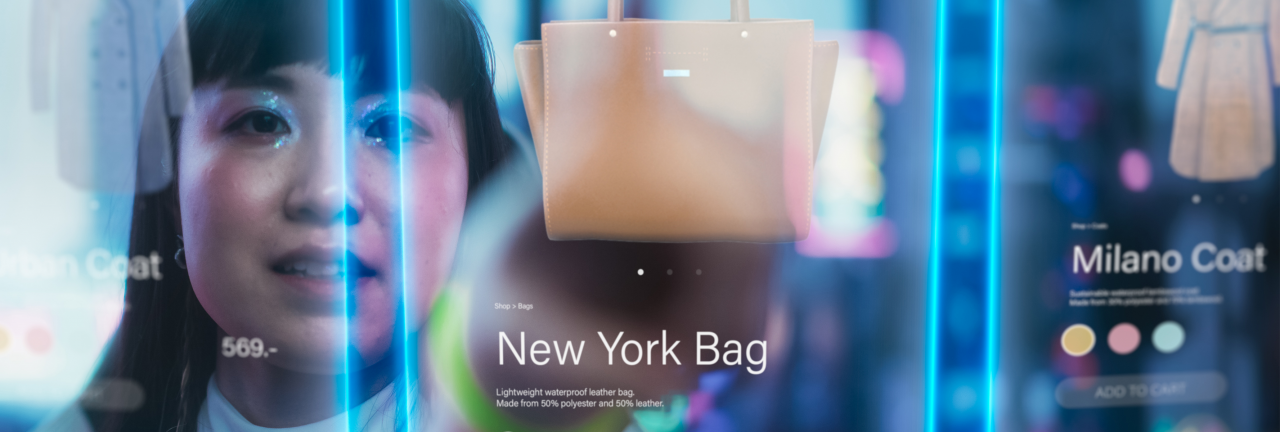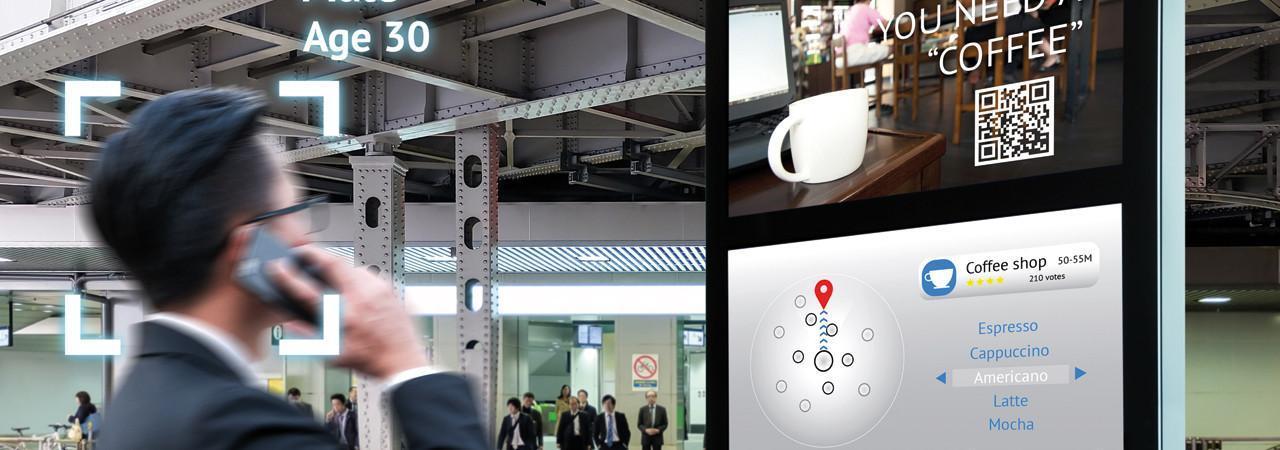The retail playbook has been fundamentally rewritten. Customer journeys are omnichannel by default, IoT sensors are now omnipresent in both warehouses and shop floors, and AI is moving from pilot to P&L at an unprecedented pace. And the results are already proving transformative:
- Time-to-open: New stores and pop-ups are networked, secured, and POS-ready in days, not weeks.
- CX becomes predictive: Personalised offers and staffing respond to real-time signals, not yesterday's batch.
- Shrink is minimised: Vision-based loss prevention, plus better on-shelf availability.
- Cost-to-serve falls: Energy, logistics, and labour are optimised by rich streams of real-time date.
- Audits are boring (in a good way!): PCI and security postures are continuously and consistently maintained across estates and partners.
But in the race to access all these potential benefits, the winners aren't the ones with the flashiest demos – they're the ones with a rock-solid digital foundation that lets AI and IoT platforms scale safely, securely, and intelligently, store by store.
So, from Exponential-e's vantage point across Cloud, connectivity, cyber, and communications, and our ongoing conversations with top retailers across the UK, here's what "AI/IoT-ready" actually means for the sector, and how we can begin laying those all-important foundations…
A network built for real-time, store-level intelligence
IoT and AI thrive on low latency and high availability, particularly when Point of Sale (PoS), inventory, and computer-vision workloads are increasingly interconnected. That means the underling WAN stops being a cost line and becomes a growth platform. Frictionless shopping experiences, incorporating queue-free checkout, real-time offers, and dynamic pricing, depend on fast, reliable data flows at the edge.
Software-defined networking, built on a private VPLS core, makes this practical at scale, offering centralised control, application-aware routing, seamless use of diverse access (i.e. ethernet, 4G/5G), and integrated security. Beyond the immediate operational advantages of avoiding hairpinning over the public internet and low, predictable latency, such networks offer the scalability and agility needed for pop-ups, seasonal peaks, and new store openings, where day-one uptime and policy consistency are required.
This should be complemented with enterprise IoT/M2M SIMs that deliver multi-carrier access and centralised control for store sensors, handhelds, lockers, smart signage, and similar devices.
Cloud and edge compute as a single, unified platform
AI-assisted retail is a hybrid sport: heavy training and data engineering in the Cloud, instant inference and control at the edge. To this end, retailers pursuing "always-on", augmented stores are converging 5G, IoT, and AI with edge compute to deliver truly personalised experiences in the moment, not hours later. This next-gen local processing, with edge computing implemented in every store, delivers a seamless PoS for customers, while simultaneously optimising staff's efficiency and reducing backhaul costs.
In the longer term, centralised data platforms and AI services can crunch multi-store telemetry for demand forecasting, replenishment, and customer analytics, offering a rich stream of actionable insights that enable reduced energy usage, automated restocking tasks, and smoother labour scheduling - immediate, powerful operational wins.
These capabilities can be developed into a standardised model and then be deployed, managed, and scaled consistently across new sites as retailers expand their operations. It's no surprise that multiple European retailers are already doing exactly this to not only protect their immediate margin and availability, but also accelerate their future growth plans.
Embracing the 'secure by design' model
Retail IT estates increasingly span POS, e-commerce, click-and-collect, and IoT devices. However, more devices and more data mean an increased attack surface, particularly when it comes to customers' payment data. As a result, robust security must be embedded in the design of all systems, platform, and processes, not bolted on later. Forward-thinking retailers are already rolling out this 'secure by design' approach, building customer trust through multi-layered, PCI-DSS-ready security ecosystems that allow for continuous monitoring and intelligently automated policy enforcement.
Secure Access Service Edge (SASE) has a key role to play here, converging network and security in the Cloud and offering numerous pathways to establishing identity-centric access, micro-segmentation of IoT devices, and uniform policies across stores and partners. Even with thousands of distributed end points, all this can be accessed through a single pane of glass - a "single source of truth" for all networks, devices, and workloads.
Taking the next step of your AI/IoT journey
AI and IoT in retail aren't separate projects; they must be treated as fundamental parts of a single, software-defined platform that reaches every shelf, sensor, and checkout. Build the network and edge right, wrap it with zero-trust security, and connect it to a governed data and AI backbone, then scale and optimise what works.
If you'd like this distilled into a tailored blueprint for your own estate (i.e. current stores, formats, and use-case priorities), we can map the stack, identify quick wins, and sequence the roadmap to outcomes, with everything overlaid by a single SLA, as a fully integrated service. Get in touch to discuss your own AI and IoT goals and let's make sure you're building on the right digital foundation!




















